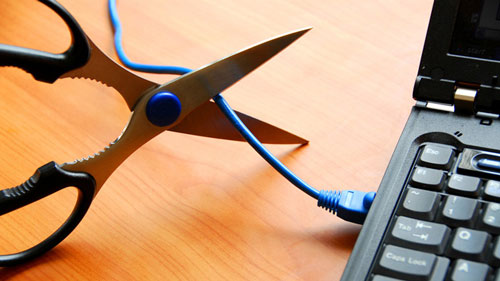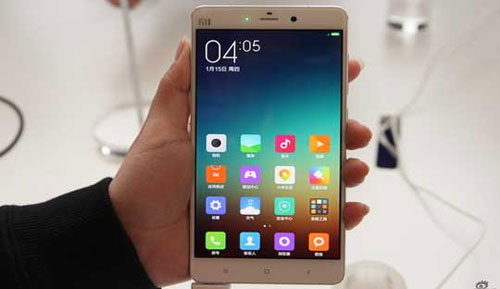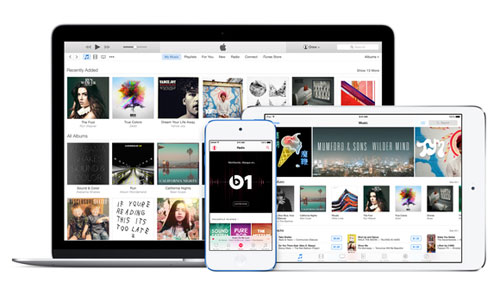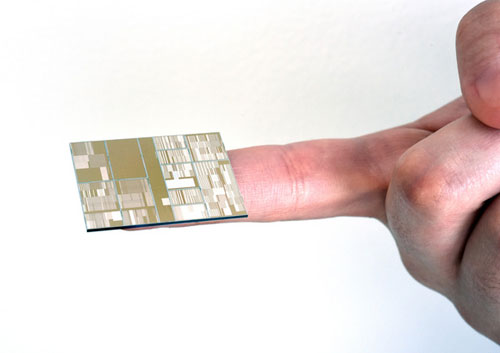The FCC’s most recent report on the cost of cable found that the price of expanded basic cable service increased by 5.1 percent in 2012, and additional reports show that those prices have continued to rise, unabated, ever since.
Millions of consumers are now cutting the cord that provides television services while keeping the one that provides broadband internet. The idea: Replace traditional broadcasting with video streaming and downloading services so you can access the same television programs you love via the web.

Streaming Services
The centerpiece of this strategy usually begins with leveraging streaming services likeNetflix, Amazon Prime Instant Video, and Hulu Plus, many of which provide subscribers with recently-broadcast television programming, complete seasons of past TV episodes, and multi-device compatibility so you can watch on TV, your computer, or via a mobile phone or tablet. Each service tends to have specific strengths – Hulu is more focused on current television shows, while Netflix has the best movie selection. Also, many of these services offer programs that aren’t available on other services – including original programming that isn’t available on cable TV at all – so serious cord-cutters often find they need to subscribe to a multitude of streaming systems to watch everything they want to see.
Remember that an old-school antenna is always another option. With a powerful digital antenna, network programming is free (and much higher in quality than you probably remember from the old days). Newer high-tech services, including Sling TV,Roku’s product line, and the Google Chromecast, are all options that can give you access to streaming content to help you eliminate the cable company as the bloated middleman.
Video Download Services
If you’re the kind of person that collects programs – especially movies – for repeated watching, it often makes sense not just to stream video, but to download it for the long term. Programming stored on your own hard drive isn’t dependent on having a fast, uncongested to keep it going, so it can be watched even if the cable goes offline – and once you download it, it never disappears. (Streaming service contracts are generally time-limited, so a movie available on Netflix today may no longer be streamable tomorrow.)
Video content – either movies or individual episodes of television programs – can be downloaded from several services, including iTunes, Amazon Instant Video, andGoogle Play. Movies can be stored on individual devices, but these can eat up a huge amount of space on a storage-strapped smartphone, particularly if the movie is encoded at HD quality. A better idea: Store movies on a NAS device that every (authorized) device in the house can access. A QNAP Turbo NAS like the TS-453 Procan work perfectly as a central media server for all your downloaded content – and it can also do additional jobs like storing (and streaming) your downloaded music files, home videos, and other computer files.
Accessing centrally stored video is becoming easier than ever. Smartphones and tablets will require a service-specific app, and apps like QNAP’s Qvideo or Qfile make it easy to stream video directly from your NAS. Both Qvideo and Qfile stream video stored on your QNAP NAS directly to your phones or tablets, as well as streaming directly to Chromecast devices attached to a TV, or Apple TV via Airplay. Qfile can even sync media among computers on your LAN to back up and synchronize media on all your devices.
With all these options available and more on the horizon, more and more people are discovering that there’s no reason to shell out big bucks each month for the cable company’s rising prices and poor service. Cut the cord, and leverage streaming services and downloaded video to access the movies and television programming you want, when you want it.
Source: www.pcworld




